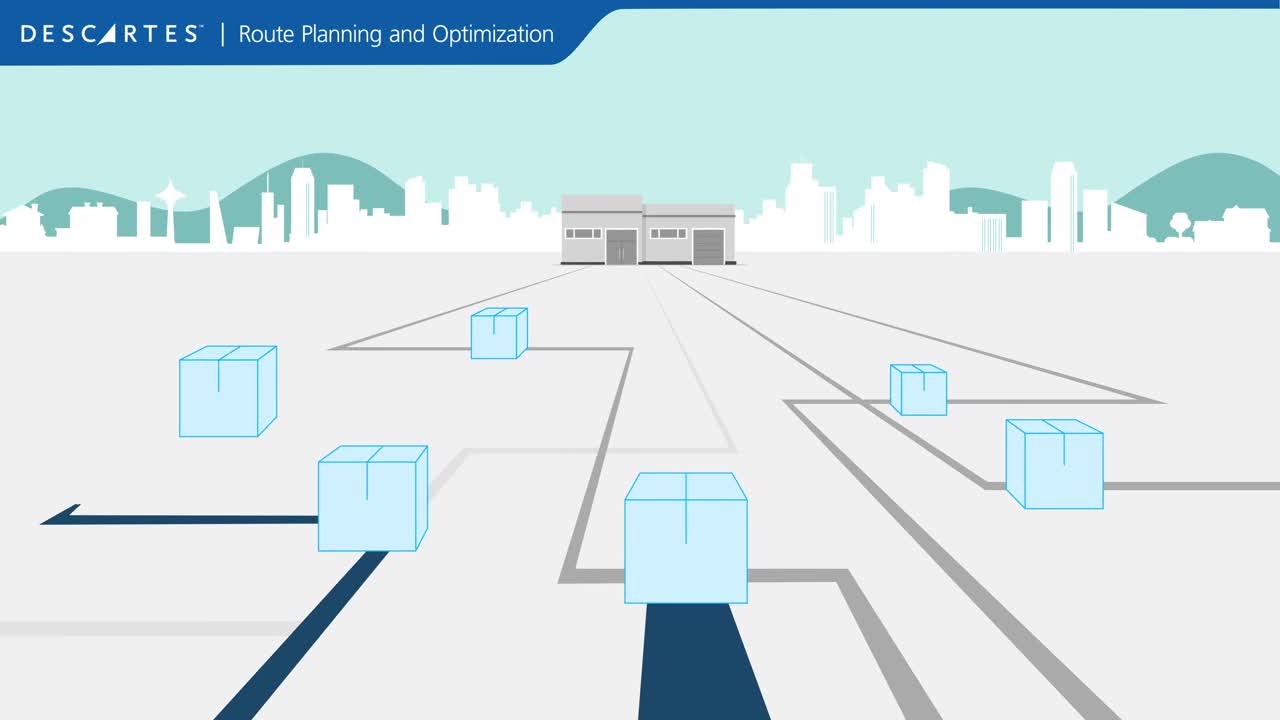What is Cloud Elasticity?
In cloud computing, elasticity is defined as "the degree to which a system is able to adapt to workload changes by provisioning and de-provisioning resources in an autonomic manner, such that at each point in time the available resources match the current demand as closely as possible."
Source: Wikipedia

Cloud Elasticity and Route Optimization
Large scale route planning operations that operate in real-time require tremendous amounts of computing resources. The cloud is the perfect place to run large scale route planning problems because it offers almost unlimited capacity.
However, not all route optimization technologies were designed to automatically scale to take advantage of cloud computing. In addition, during “quiet” periods, optimization computing resources should be minimized to reduce cloud operating costs.
Descartes Background Optimizer’s (BGO) elastic cloud optimization uses robotic process automation (RPA) to efficiently deploy cloud resources according to their transaction volume and optimization demands. The BGO automatically spins up new optimization processes and has more parallel resources working on the same problem set.
This results in reduced optimization time, higher quality results and reduced cloud costs. No IT resources are required beyond initial configuration.
The benefits of cloud elasticity and route optimization
- Quickly solve large scale optimization problems
- Minimize cloud computing costs
- Minimize IT resource involvement
Fleet Resource Center
Expand Your Routing, Mobile & Telematics Knowledge
Recommended For You




